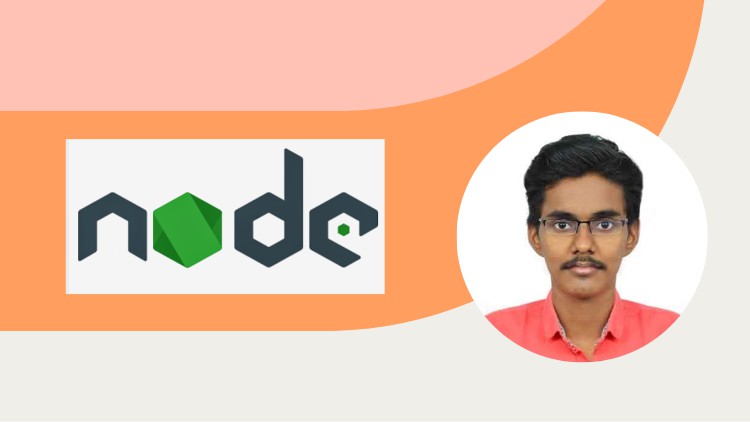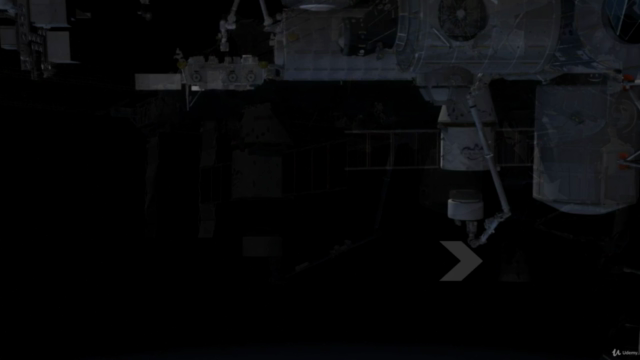Node JS Full Tutorial In Tamil
Learn The Most Popular Backend & Server Side Scripting Language In Tamil
4.25 (2 reviews)

27
students
4.5 hours
content
Jul 2024
last update
$19.99
regular price
What you will learn
Basics of Node js, installation, and setup.
Understanding the event-driven architecture, asynchronous programming, and the Node js event loop.
Creating and deploying RESTful APIs, handling requests and responses, and working with middleware.
Connecting Node js applications with databases like MongoDB, MySQL, or PostgreSQL.
Screenshots




Related Topics
3671632
udemy ID
11/30/2020
course created date
12/17/2020
course indexed date
Bot
course submited by